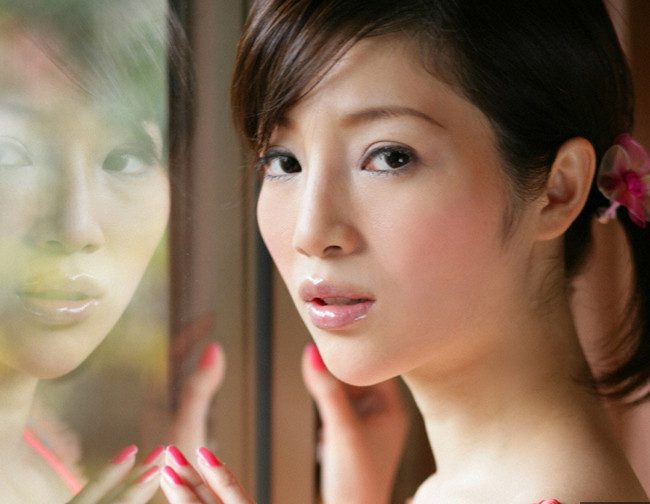Sugar Relationships: Exploring the Nature of Arrangements in Modern Romance
In the realm of dating and relationships, the term “sugar relationships” has gained prominence in recent years, often associated with arrangements where one partner provides financial or material support to the other. However, when we delve deeper into the dynamics of human connections, one might ponder: Isn’t every relationship, at its core, an “arrangement”?
Human relationships are complex webs of interactions, built upon a myriad of factors including emotional, social, and financial elements. While traditional romantic relationships may not involve explicit agreements regarding financial support, they are inherently based on various arrangements, whether acknowledged or not.
Consider the typical romantic relationship: partners commit to mutual support, share responsibilities, and often make sacrifices for each other’s well-being. These implicit agreements form the foundation of the relationship, shaping its dynamics and longevity. In essence, every relationship involves a form of exchange, be it emotional support, companionship, or shared resources.
Sugar relationships, however, bring these arrangements to the forefront. In these arrangements, one partner (often referred to as the “sugar daddy” or “sugar mommy”) provides financial or material benefits to the other (the “sugar baby”) in exchange for companionship, intimacy, or other forms of gratification. While some may view sugar relationships as transactional or superficial, they underscore an aspect of human interaction that exists in all relationships: reciprocity.
Reciprocity is a fundamental aspect of human relationships, where individuals give and receive in a continuous cycle of exchange. In sugar relationships, this exchange is often more explicit, with both parties openly acknowledging their needs and expectations. However, even in conventional relationships, reciprocity plays a crucial role, albeit in subtler forms.
Furthermore, the concept of “arrangements” extends beyond financial transactions. In any relationship, there are implicit agreements regarding boundaries, communication, and shared values. These agreements serve to establish a sense of security and trust between partners, facilitating a healthy and fulfilling connection.
In the modern landscape of dating and romance, the lines between traditional and sugar relationships are becoming increasingly blurred. As societal norms evolve and individuals seek alternative forms of partnership, the notion of arrangements in relationships is being redefined.
Critics of sugar relationships often highlight the perceived imbalance of power or exploitation. While these concerns are valid and should be addressed, it’s essential to recognize that power dynamics exist in all relationships to some extent. What distinguishes healthy relationships from exploitative ones is the presence of mutual respect, consent, and open communication.
Ultimately, whether it’s a conventional romance or a sugar relationship, the key ingredients for a successful partnership remain the same: trust, respect, and genuine connection. By acknowledging and understanding the inherent arrangements in all relationships, we can navigate the complexities of human interaction with empathy and authenticity.
My final thoughts: sugar relationships offer a unique lens through which to examine the nature of arrangements in modern romance. While they may seem unconventional to some, they underscore a fundamental aspect of human relationships: reciprocity. By recognizing and embracing the various forms of arrangements that exist in all relationships, we can foster deeper understanding and connection in our pursuit of love and companionship.









